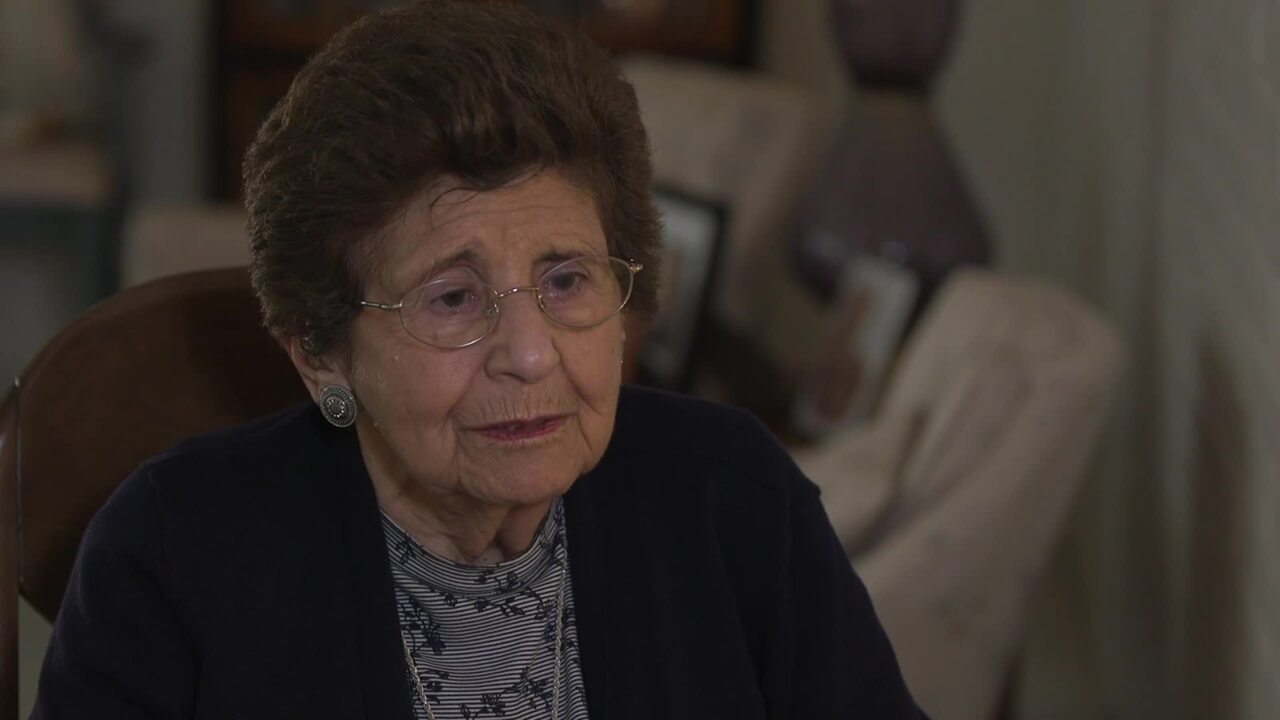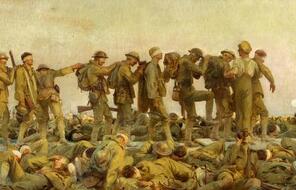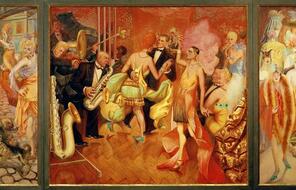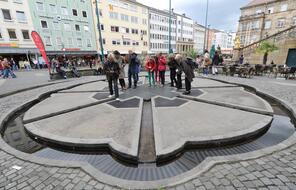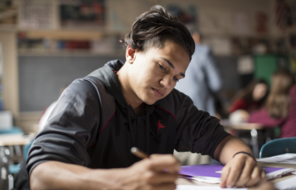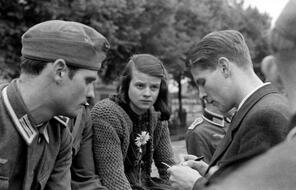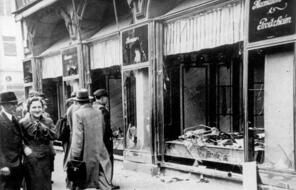
Lesson
Post-Viewing: Building a Toolbox against Hate
Students create a "toolbox" of the skills, attitudes, and actions that are necessary to respond to and prevent hatred from taking hold in their communities.
Subject
- History
Grade
6–12Language
English — USPublished
Overview
Overview
In this lesson, students will consider the “tools” they need to heed the lessons from their study of Schindler’s List, including the importance of preserving human dignity, choosing kindness over cruelty, and breaking monumental acts of heroism into smaller daily habits. The “Toolbox for Standing Up to Hate” project requires students to create physical representations of the skills, attitudes, and actions that are necessary to respond to and prevent hatred from taking hold in their communities. The toolbox will serve as a reminder to them of the importance of their choices and their responsibility to ally with others to contribute to a world based on knowledge and caring rather than hatred and ignorance.
Preparing to Teach
A Note to Teachers
Lesson Plans
Activities
Materials and Downloads

Inspiration, insights, & ways to get involved
Subscribe to our email updates

